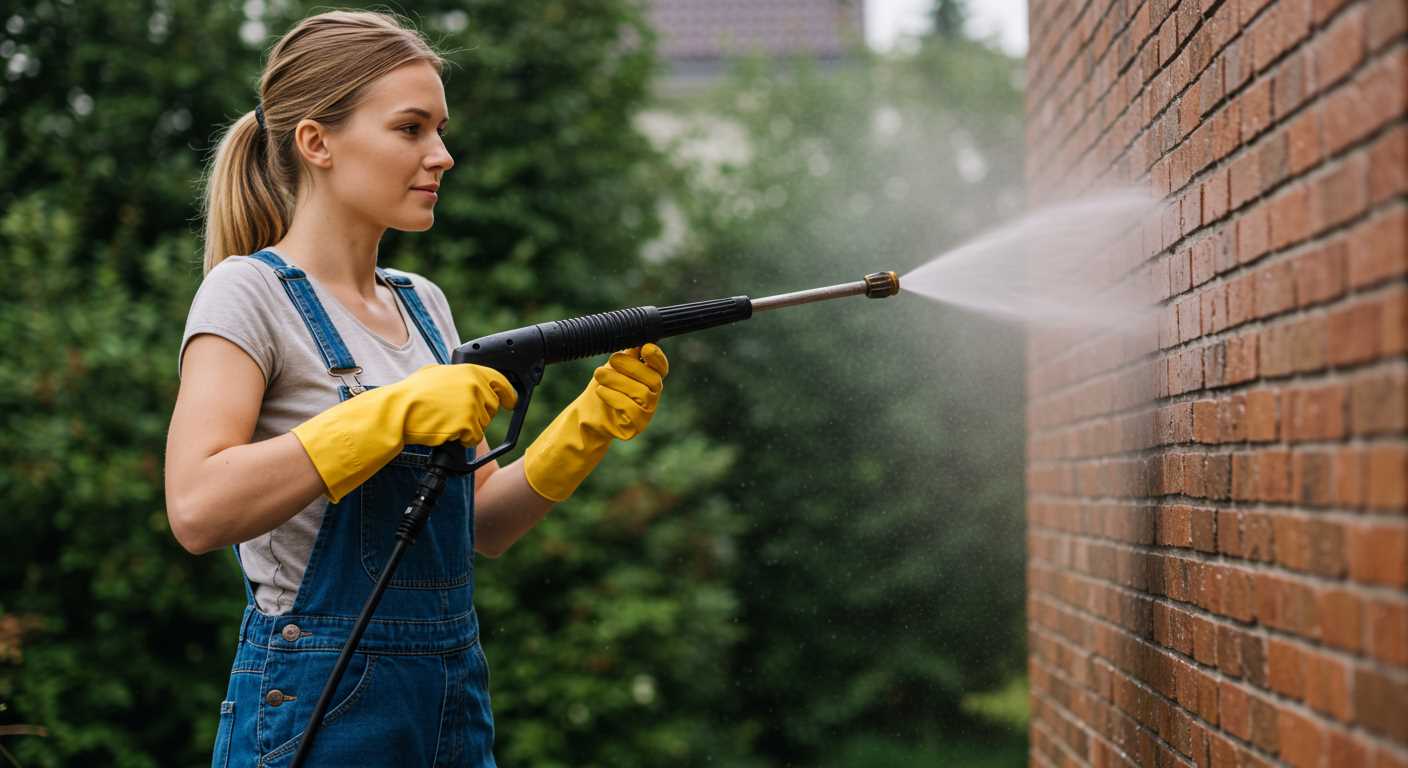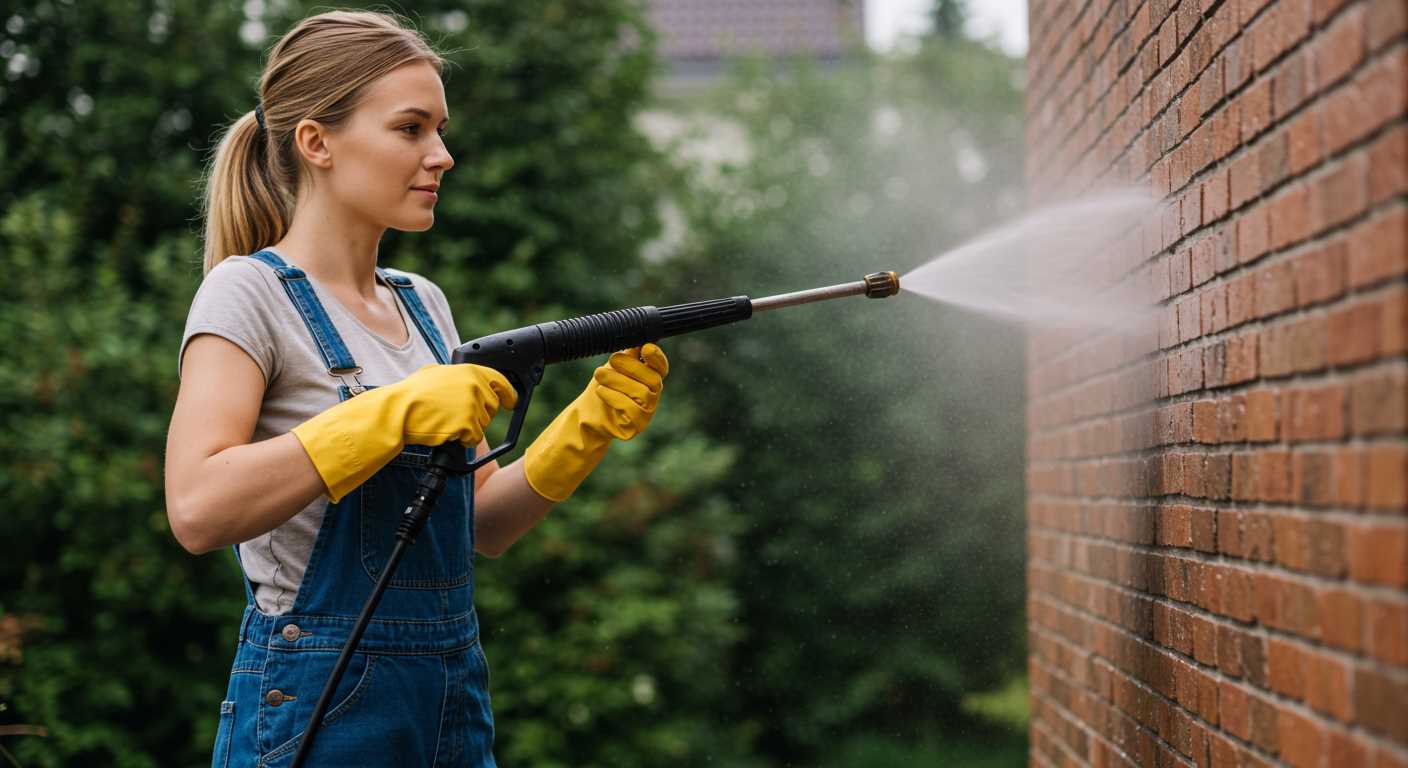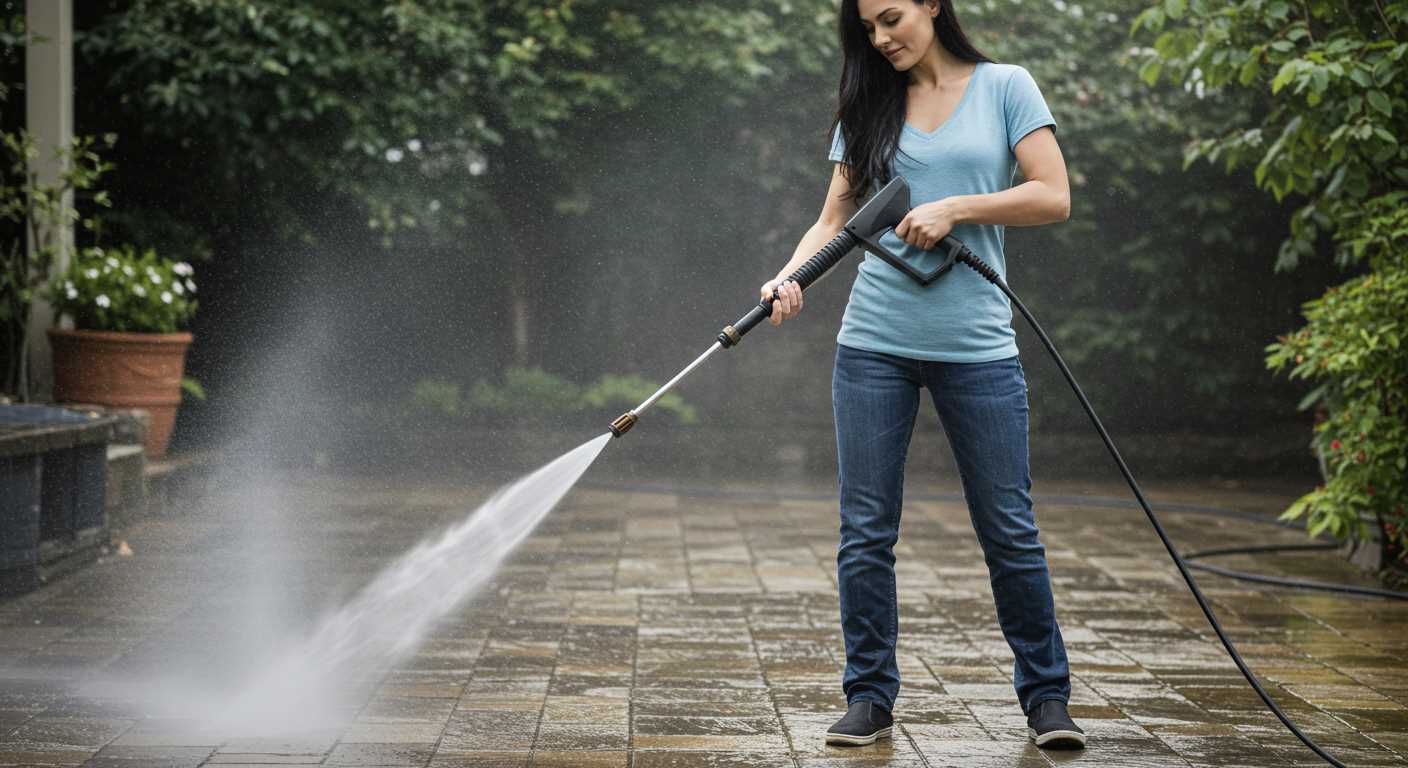




Use a sturdy ladder to access the roof’s edge safely. Ensuring your stability is paramount; I recommend a ladder stabiliser to avoid any wobbling. Once up there, a pair of gloves is essential to protect your hands from debris and sharp edges.
Next, grab a trowel or a small scoop to remove the accumulated leaves and dirt. It’s surprising how quickly these can build up, obstructing water flow. I recall a time when I neglected this task; torrential rain turned my garden into a swamp because the channels were completely blocked. Regular attention prevents such mishaps.
After clearing the larger debris, use a hose to flush out the remaining muck. A garden hose with a spray nozzle works perfectly for this. You don’t need high pressure; a steady stream is sufficient to wash away residual grime. I’ve learned that a little patience goes a long way here; rushing can lead to missed spots, which defeats the purpose.
Finally, inspect for any damage while you’re up there. Look for cracks or rust that might lead to bigger issues down the line. Addressing minor problems early saves a lot of hassle later. Trust me, I’ve seen too many homeowners regret ignoring these small repairs until it was too late.
Choosing the Right Tools for Gutter Maintenance
For optimal upkeep of your drainage system, you need to select the right equipment. I’ve found that having the right tools makes all the difference. Here’s a list of must-haves that I’ve tested over the years:
| Tool | Purpose | Recommendation |
|---|---|---|
| Leaf Blower | To remove debris quickly | Choose a model with a vacuum function for added versatility. |
| Extension Ladder | Access hard-to-reach areas safely | Ensure it has a stabiliser to prevent wobbling. |
| Trowel | Dig out stubborn clogs | A small, sturdy trowel works best for precision. |
| Garden Hose | Flush out remaining dirt | Opt for one with a spray nozzle for adjustable pressure. |
| Protective Gloves | Safeguard hands from sharp objects | Choose thick, rubberised gloves for durability. |
| Safety Goggles | Protect eyes from debris | Look for anti-fog lenses for clear visibility. |
Investing in quality tools pays off in terms of time and effort saved. I once tried to clear a particularly clogged section with subpar equipment, and it turned into a lengthy ordeal. Since then, I’ve always opted for reliable brands. Remember, comfort and safety are just as important; using tools that feel good in your hands can make a tedious task much more manageable.
Preparing Your Work Area Safely

Before starting any cleaning task, ensuring a safe environment is paramount. Clear the area around the building of any debris or obstacles that could pose a risk. This might include garden tools, furniture or even children’s toys. Having a clutter-free zone helps maintain focus and prevents accidents.
Use a Stable Ladder
Opt for a sturdy ladder that reaches your intended height without being extended to its maximum. Always inspect the ladder for any signs of wear or damage. Position it on flat ground and ensure it is secure before climbing. A friend or family member can provide additional safety by holding the ladder.
Protect Yourself
Wear gloves to shield your hands from sharp objects and potential pathogens. Safety goggles are beneficial to protect your eyes from falling debris. If your work involves handling chemicals, consider a mask, especially if you are sensitive to strong smells or dust.
Be cautious with your movements. Avoid leaning too far to one side while on the ladder; instead, reposition it as needed. Keeping your body centred and balanced can significantly reduce the risk of falls.
Once everything is set up and you have your protective gear on, you can focus on the task at hand with confidence, knowing that your workspace is safe and prepared for the job.
Removing debris by hand: best practices
Start from the downspout and work your way up to avoid clogging. This ensures that you can remove debris effectively without creating blockages. Here are some best practices to follow:
- Wear protective gear: Use gloves to protect your hands from sharp objects and dirt. Safety goggles are also advisable to shield your eyes from falling debris.
- Use a sturdy ladder: Ensure your ladder is stable and positioned on level ground. Consider having someone hold it for added safety.
- Gather the right tools: A scoop or trowel is ideal for removing leaves and twigs. A bucket can help collect debris as you work. If you need to reach further, an extension pole with a cleaning attachment can be handy.
Once you’ve cleared the larger pieces, flush the system with water using a hose to check for remaining blockages. This step is crucial for ensuring proper drainage.
For particularly stubborn grime, consider using a light duty pressure washer to give it a thorough rinse. This equipment can be effective in removing residue without needing heavy-duty machinery.
In instances where you have a lot of built-up dirt, you might want to use a foam cannon attachment. I’ve found that the best car wash pressure washer nozzle foam cannon gun sprayer helps in applying soap effectively, making the rinsing process easier.
Regular maintenance is key to preventing excessive buildup. Schedule cleanings at least twice a year, ideally in spring and autumn, to keep everything flowing smoothly.
Using a garden hose for thorough rinsing
Utilising a garden hose can be an effective way to ensure your eaves are properly rinsed after clearing them of debris. Start by attaching a spray nozzle to your hose. This allows you to control the water flow and pressure, ensuring that you don’t accidentally damage any components while also optimising the rinsing process.
Position yourself on a stable ladder to reach the higher sections. From there, direct the hose into the trough, aiming for any remaining particles or clogs. A gentle spray works well to dislodge smaller bits, while a stronger stream can effectively clear out stubborn blockages. Ensure that the water flows towards the downspouts, facilitating a smooth drainage process.
When rinsing, it’s beneficial to work in sections. Start at one end and move systematically towards the other. Take your time; rushing can lead to missed spots or unremoved residue. If you notice any particularly stubborn build-up, consider using a soft-bristle brush attached to your hose to agitate the material before rinsing it away.
Keep an eye on the water flow as you work. If you see any pooling, it may indicate a blockage further down the line. In such cases, follow up with a focused rinse directed at the downspout to help clear any hindrance. This method not only cleans but also helps in identifying potential issues in your drainage system.
Lastly, ensure that your hose is long enough to reach all areas without excessive stretching. If necessary, consider using hose extenders or couplers to make the task easier. A well-rinsed surface will promote proper flow and extend the life of your eaves, making this step crucial in the maintenance process.
Utilising a scoop for stubborn clogs
For those particularly obstinate blockages, a scoop proves invaluable. A small garden trowel or an actual gutter scoop is perfect for reaching deep into the troughs. These tools allow for precise removal of compacted leaves, twigs, and muck that a simple hand approach might miss. I often recommend a scoop with a curved edge, as it fits snugly against the sides, making it easier to dislodge debris.
When using the scoop, always approach from the edge of the roof, positioning yourself securely on a ladder. This way, you can apply adequate force without risking a slip. I’ve had my fair share of close calls, so I can’t stress enough the importance of having a stable footing. It’s also wise to have a bucket attached to your ladder or placed nearby; this way, you can drop the debris directly in, avoiding a mess on the ground.
For especially thick blockages, consider wetting the debris slightly first. A garden hose can help here; just a quick spray can soften the muck, making it easier to scoop out. I remember a particularly stubborn blockage that took some persistence, but with the right technique and the scoop, I managed to clear it without too much hassle.
After heavy scooping, always check for residual material. A quick visual inspection can save you from future headaches. If anything seems left behind, a bit of elbow grease with the scoop can prevent larger issues down the line. The goal is to ensure that rainwater flows freely, sparing you from any future overflows or damage.
Inspecting gutters for damage during cleaning
While you’re working on the eavestroughs, take the opportunity to examine them for any signs of wear or damage. Look for cracks, rust spots, or separations at the seams. Pay attention to the brackets holding them in place; ensure they’re secure and not corroded. If you notice any parts that seem out of alignment, it could indicate an issue with the slope, leading to improper drainage.
Don’t forget to check for any holes or punctures that might have developed over time. These can lead to leaks that are difficult to spot until significant damage occurs. If you find any deterioration, consider repairing or replacing the affected sections. Use a sealant for small cracks, but for larger damages, you may need to install a new segment.
Inspecting the downspouts is equally important. Make sure they’re not clogged and that they connect properly to the drainage system. A blocked downspout can cause water to back up, leading to more serious issues. If you encounter any bends or kinks, adjust them to ensure smooth water flow.
While you’re up there, check the surrounding areas as well. Look for signs of water damage on the fascia boards or siding, which could indicate a bigger problem with water management. Addressing these issues promptly can save you from costly repairs later on.
Establishing a Regular Maintenance Schedule
Set a specific timeline for upkeep–every three to six months is ideal, depending on the tree cover around your residence. In my experience, regular checks not only prevent major blockages but also allow for timely repairs, saving considerable costs down the line. Mark your calendar; consistency is key.
Consider seasonal factors. For instance, after autumn, debris accumulation can be significant, so a thorough inspection post-leaf fall is prudent. I once neglected this and faced a rather hefty clean-up in winter, when ice formed from trapped water. A simple reminder to check after each season can make a world of difference.
If you’re unsure about the frequency, observe the surrounding environment. If trees are nearby, more frequent inspections might be necessary. I’ve seen how quickly leaves can pile up, especially after heavy winds. Adjust your schedule based on the conditions in your area to stay ahead of potential issues.
Lastly, keep a log of your maintenance activities. Documenting the dates and any findings helps track patterns over time. This practice has served me well–knowing exactly when I last performed an inspection can inform when the next one is due and highlight any recurring problems that need addressing.
Tips for Preventing Future Gutter Blockages
Install gutter guards to significantly reduce debris accumulation. These screens or mesh filters allow water to flow through while blocking leaves and twigs.
Regularly trim nearby trees. Keeping branches away from your roof decreases the amount of organic matter that can fall into the drainage system.
Consider adding downspout extensions. They direct water further away from the foundation, helping to avoid overflow issues that can lead to clogs.
Perform seasonal inspections. At least twice a year, examine the channels for any signs of buildup or damage. Early detection can save you from larger headaches later.
- Schedule checks in spring and autumn, as these seasons often bring the most debris.
- Look for areas where water pools or does not drain properly.
Clear surrounding areas of leaves and debris regularly. Keeping your yard tidy can help minimise what makes its way into the eaves.
Utilise a leaf blower for quick clean-up. If you have a lot of foliage, a leaf blower can be a practical tool to keep your roof and surrounding areas debris-free.
Educate family members about proper waste disposal. Ensure everyone understands that organic matter should not be thrown near the structure, as this can lead to blockages.
Finally, document your maintenance activities. Keeping a record of when you last inspected or cleared the channels helps maintain a consistent schedule and ensures nothing is overlooked.





.jpg)


